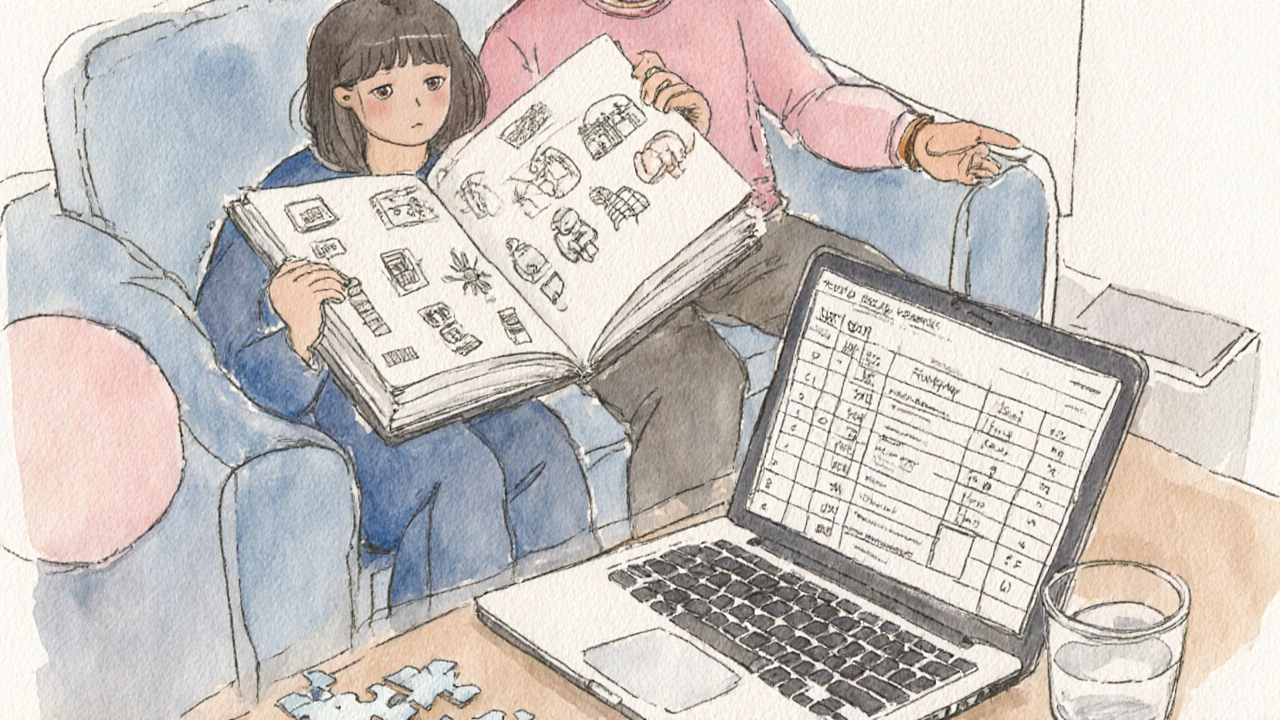SEARCH
What Is Stage 7 in a Relationship? Signs, Challenges & How to Thrive


Relationship Stage Progress Tracker
Stage 1-3: Foundation Building
Focus on attraction, infatuation, and trust-building. Physical and emotional connection begins to develop.
Stage 4-6: Deepening Connection
Intimacy increases, conflicts arise, and commitment strengthens. Preparation for partnership begins.
Stage 7: Emotional Partnership
The ultimate stage where two people operate as a true partnership. Shared life purpose, unconditional support, and integrated lives define this phase.
Assess Your Current Stage
Your Relationship Stage Assessment
Ever felt like your partnership has moved past the usual "dating" label, but you’re not quite sure what comes next? That fuzzy space is often called relationship stage 7. Understanding it can save you from confusion and help you enjoy the deeper connection you’re building.
Key Takeaways
- Stage 7 marks a shift from practical partnership to deep emotional partnership.
- Signs include shared long‑term planning, unconditional support, and a sense of belonging.
- It differs from earlier stages by emphasizing emotional maturity, conflict resolution, and integrated lives.
- Common challenges are loss of individuality, complacency, and hidden expectations.
- Practical tips: keep communication open, set joint goals, and nurture personal growth.
Defining Stage 7
In most modern relationship models there are seven progressive phases. The final one, Stage 7 is the level where two people operate as a true partnership, blending love, commitment, and shared life purpose, often referred to as "the partnership stage." It’s not just about living together or being married; it’s about a psychological union that feels natural and effortless.
How Stage 7 Fits Within the Whole Relationship Stages Framework
To see why Stage 7 matters, look at the broader Relationship Stages model. Early phases focus on attraction, infatuation, and building trust. Mid‑stages (3‑5) bring intimacy, conflict testing, and deeper commitment. Stage 6 typically involves co‑habitation or engagement, setting the stage for the full partnership that defines Stage 7.

Key Indicators You’ve Arrived at Stage 7
Spotting Stage 7 is easier than you think. Here are the most common signals:
- Unified long‑term vision: You both talk about retirement, kids, or legacy as a joint project.
- Emotional safety: Vulnerabilities are shared without fear of judgment.
- Integrated lives: Finances, social circles, and daily routines flow together.
- Conflict as growth: Disagreements are handled with constructive problem‑solving, not blame.
- Mutual encouragement: Each partner actively supports the other’s personal goals.
When these patterns appear consistently, you’re likely operating in Stage 7.
Comparing Stage 6 and Stage 7
| Aspect | Stage 6 | Stage 7 |
|---|---|---|
| Primary focus | Logistics of living together, engagement, wedding planning | Emotional partnership and shared life purpose |
| Decision‑making | Joint but often role‑based (who pays what, whose family) | Holistic, with both partners co‑creating future goals |
| Conflict style | Often surface‑level, avoidance of deeper issues | Deep dialogue, focusing on underlying values |
| Sense of identity | Maintaining separate identities while merging logistics | Feeling of "we" without losing personal self |
| Emotional safety | Conditional; depends on external validation | Unconditional; safe to be vulnerable |
Core Elements That Power Stage 7
Several deep‑level concepts sustain this stage:
- Commitment is the long‑term promise to stay together through change and challenge, not just a contract.
- Intimacy refers to emotional closeness, shared experiences, and trust at a level beyond physical attraction.
- Co‑habitation often acts as a practical testing ground, but in Stage 7 it feels like home rather than an arrangement.
- Marriage (when present) becomes a symbolic anchor rather than the sole definition of the partnership.
- Partnership is the overarching framework where both parties see themselves as equal contributors to a shared narrative.
- Emotional Maturity involves self‑awareness, regulation, and empathy that support the partnership’s health.

Common Pitfalls and How to Avoid Them
Even in Stage 7, couples can stumble. Here are the most frequent traps and quick fixes:
- Complacency: The comfort can turn into stagnation. Keep setting new joint goals-travel, learning, community projects.
- Loss of individuality: Blend doesn’t mean erase. Schedule personal “me‑time” to pursue hobbies or friendships.
- Hidden expectations: Unspoken assumptions breed resentment. Use a weekly check‑in to surface any unmet needs.
- Financial blind spots: Even with shared bills, secret debts can surface. Maintain transparent budgeting and occasional financial reviews.
- Neglecting conflict resolution skills: Assume love will fix everything-practice active listening and “I” statements.
Practical Tips to Flourish in Stage 7
Want to make the most of this deep partnership? Try these habits:
- Weekly vision session: Spend 30 minutes discussing long‑term aspirations, adjusting plans as life evolves.
- Monthly gratitude ritual: Each partner shares three things they appreciate about the other.
- Quarterly personal growth review: Talk about individual goals-career moves, learning a skill, health targets-and how the partnership can support them.
- Conflict debrief: After any disagreement, briefly recap what worked and what could improve, turning conflict into a learning moment.
- Shared adventure: Plan a new experience together every 6‑12 months-cooking class, hike, or volunteering.
When to Seek Outside Help
If the partnership feels stuck despite effort, consider a couples therapist or relationship coach. Professional guidance can uncover blind spots, teach new communication tools, and re‑ignite the growth mindset that defines Stage 7.
Frequently Asked Questions
How long does it usually take to reach Stage 7?
There’s no fixed timeline. Some couples hit Stage 7 after a few years; others may take a decade. The key is the quality of connection, not the calendar.
Is marriage required to be in Stage 7?
No. Marriage often coincides with Stage 7, but the defining factor is emotional partnership, not a legal contract.
Can Stage 7 exist without co‑habitation?
Yes. Long‑distance couples can achieve Stage 7 if they maintain deep emotional safety, shared goals, and frequent communication.
What’s the biggest risk in Stage 7?
Complacency. When the partnership feels stable, couples may stop investing in growth, which can erode the connection over time.
How can I tell my partner we’re moving into Stage 7?
Start a conversation about long‑term vision. Share the signs you’ve noticed and ask how they feel about deepening the partnership.